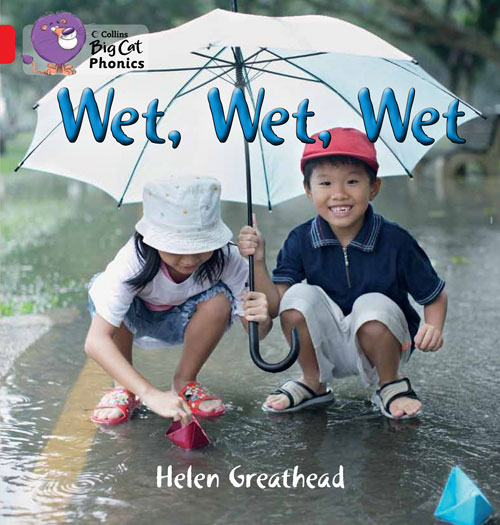Ninety years ago, after much preparation and a lot of political arguments, the door to the tomb of the most famous Egyptian pharaoh was opened to reveal amazing treasures to the world. Still today the young pharaoh fascinates and to celebrate the anniversary, Collins have published a new book in the Big Cat series called Discovering Tutankhamen’s Tomb.
Activity One – Writing Using Adjectives for Excitement
Year 4 to Year 6
LO: To identify and use strong and appropriate adjectives and adverbs to describe a scene
To be able to write for different purposes and audiences
The story of the opening of Tutankhamen’s tomb is one of the greatest in the world of archaeology and the account of it can be read at:
http://www.griffith.ox.ac.uk/gri/4garope.html
Talking Point: Introduce the children to the scene of the main team at the wall to Tutankhamen’s burial chamber, not knowing what they’d find, possibly nothing as so many tombs had been cleared by grave robbers. Then read the extract from A H Gardiner account and ask them to say how they felt as they listened to it. You should expect words such as excited, nervous, breathless, anxious and more.
Tell the children that although it’s a non-fiction account from an eye witness, the writing is produced to amaze and astound the reader so they get an idea of just how important the event was.
Activity: Ask the children to imagine a situation where they are about to make a discovery. List them on the board so those that might need a little help get some ideas too. Now ask them to list adjectives and adverbs that might describe the scene and how the participants in it might be feeling. From their list, ask them to give one adverb or adjective to write in a group word bank so others can use them too. Using their own words supplemented by words from the group word bank, ask them to write an account in a similar style to A H Gardiner.
Talking Point: Read the accounts out to the class and mark them on an ‘excitement-ometer’ for how they make the children feel.
At Home: There have been many other discoveries over the centuries including penicillin, TV, the Titanic and more. Ask the children to find an account of the initial discovery and to bring it in to share with the class.
Activity Two – What Do You See?
In this activity the children act out the role of Carter and Carnarvon in identifying what various pieces from the tomb of Tutankhamun actually are.
Less able children can simply look at the pieces and guess what they might be. More able children can speculate what they were made of and what use the dead pharaoh would have made of them.
LO: To be able to speculate on the use of an article and what it might be made of
To use photos of source material to help make decisions
Show the children the mock up picture of the scene that greeted Howard Carter and Lord Carnarvon when they first broke into the tomb available with this activity. Explain to them that they had the job of detailing exactly where each piece was found, carrying it carefully out of the tomb and then cataloguing it.
Show the children the second sheet which has pictures of artefacts from the tomb and ask them to pretend they are Carter and Carnarvon and have to catalogue each piece. They’ll need to say what they think each piece is, what it is made of and what the dead pharaoh would have used it for.
Extension Activity: If you have access to the internet, you can ask the children to write up display cards for each of the pictures from the treasures and mount them in class like a museum might.
At Home: Find a website that documents the discoveries in Tutankhamun’s tomb and see how they are documented.




